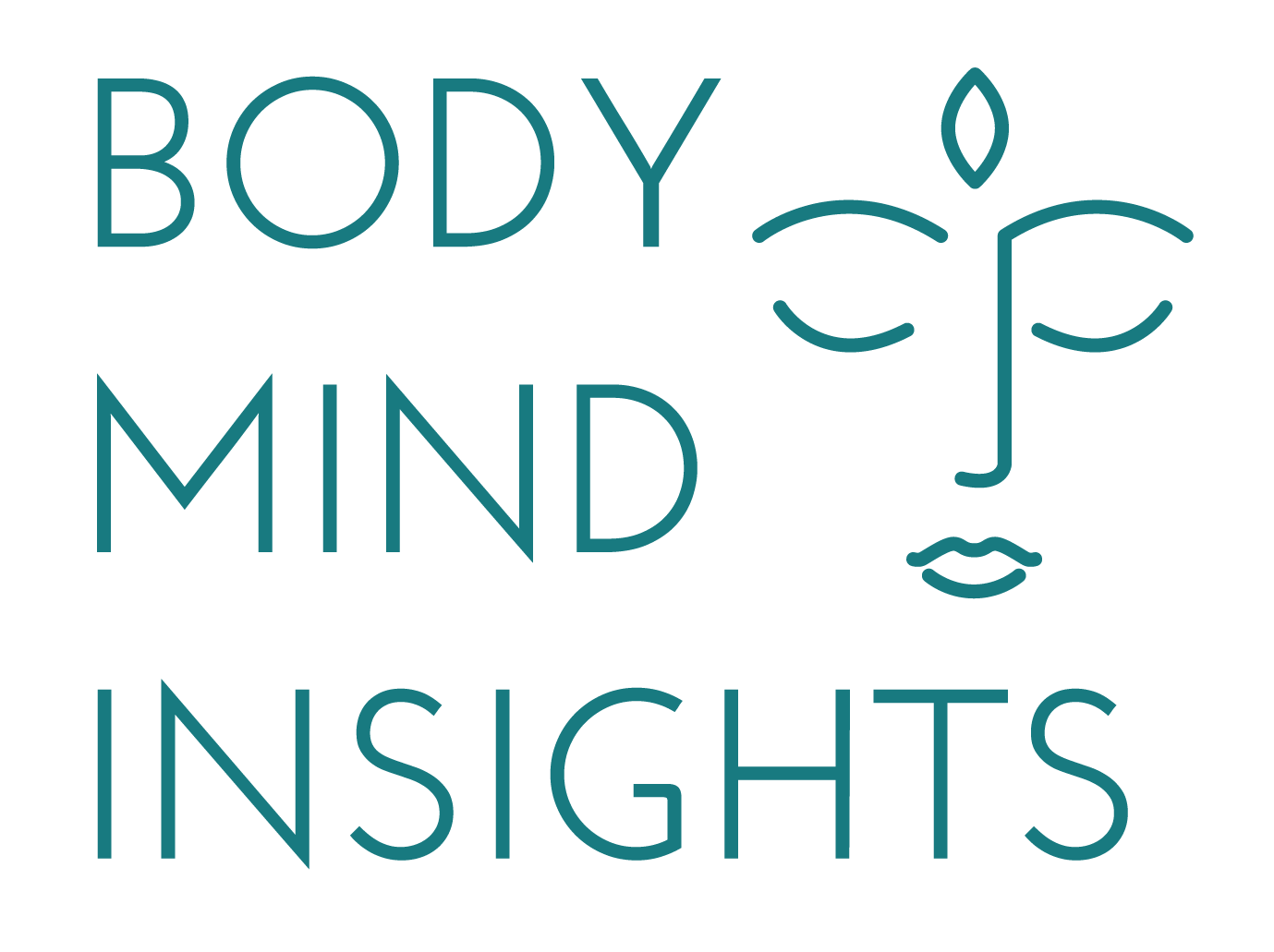
The Vagus nerve – your good friend
The
nervous system is one of the main routes of communication in the body. Within
it, the vagus nerve is the longest nerve and the main sensory pipeline
from your internal organs to your brain. It carries sensory (or “afferent”)
signals from inside your body (i.e. from the heart, lungs, gut, and
immune system) to your brain, telling it what’s going on in there. It tells the
brain how you are doing thus shaping your sense of well-being, calm, stress, or
fatigue. This makes for what’s called “interoception” — your
sense of what’s happening inside you and is crucial for physical and emotional
health, body awareness, and even social connection.
Together
with the sympathetic nervous system, the vagus is part of the fight and flight
mechanism (the one that activates during stress – the dorsal part of the vagus
takes us into the ‘freeze’ mode of this response) as well as the calming way
out of the arousal, via its ventral path. This is particularly important for
trauma release and restoration of homeostasis after the storm.
There
are several symptoms the downregulation of the vagal nerve can manifest as,
with affected parts or body systems as varied as the colour spectrum:
–
Depression
and / or anxiety (poor vagus tone impairs and dysregulates such
neurotransmitters in the brain as dopamine, serotonin and noradrenaline)
–
Epileptic
seizures and / or headaches
–
Dizziness
and / or fainting
–
Poor
memory, concentration, learning difficulties, and / or chronic fatigue
–
Fast,
slow or irregular heart rate
–
Difficulty
swallowing or speaking
–
Chronic
dry mouth / Coughing or hoarse throat
–
Various
gut issues (constipation, diarrhoea, acid reflux, IBS or leaky gut)
–
Chronic
inflammation (like in rheumatoid arthritis, or similar)
When
searching for the underlying causes of these issues, most practitioners tend to
look for the cases found within the relative system the affected area of the
body is part of. And this is exactly why considering the vagal nerve tone may
be missed. Unless an overview is taken and the dots are connected.
The
good news is that there are many different ways to help the body unwind the
impact or memory of trauma of contributing events or other external (mostly)
factors via the interface with the vagal nerve. Since it is the main
parasympathetic (calming) nerve of the body, they involve stimulating the nerve
in order to bring it back to its optimal function. Some do so by means of
electrical devices but since these are best employed under the care of your
medical practitioner, here are some that can be done at home, in your own time
and free of charge:
1.
Slow, deep, conscious breathing. Breathe in slowly for a count of 4 and out for a count 6 to 8. The
average normal breathing rate is between 12 and 14 per minute – this way of
using your breath reduces it to 6 to 7 per minute.
2.
Cold exposure. Try rinsing your hands and face in cold water, have a cold shower or
jump into an ice bath, if you dare. Rolling naked in the snow during winter is
optional.
3. Singing, chanting, gargling and / or humming. Singing a song, humming a tune aloud or gargling
your throat has also been shown to be beneficial for resetting the vagal nerve.
Imagine you are a hummingbird – you can even do the yogic breath of that name by
closing your ears and mouth, and then making a humming sound through the nose.
4.
Coughing hard. This has been shown to be most promising where
problems with swallowing or coughing have been persistent for a long time.
5.
Laughter. Laughing therapy has become popular so you can join
a class. Also, practicing seeing a funny aspect of things in everything and
laughing at home is good to optimise the vagal nerve as it helps calm the
nervous system.
6.
Havening. Firmly but kindly rubbing the arms and legs allows
for immediate stress relief in traumatised individuals (linked to the
acupuncture effect).
7. Restorative yoga postures. Postures
such as the cat cow or the downward dog are now considered to be effective,
mindful movements to restore the vagal tone.
8.
Meditation. Always good for calming the mind and the body – free
to do on your own or using an app you enjoy, it can help you switch off and
recalibrate.
9.
Evoking the emotions of love,
compassion and empathy. Tuning into the frequencies of gratitude,
forgiveness, love, empathy and compassion has also been shown to release the
vagal nerve and restore its best function.
10.
Massage/acupuncture, acupressure.
Massaging the back of the neck
and tummy areas in particular are useful for accessing the vagus and
facilitating its release.
11.
Intermittent fasting. Using timed restriction of feeding, ideally to 8
hours of daylight, and fasting for the remaining hours overnight can help
restore the vagal tone.
12. Probiotics. Taking some
specific strains of bacteria have been shown to influence anxiety and mood due
to their effects on the vagal nerve tone.
So take time to play with these tools and see if
they can help resolve any of the above symptoms you may have been troubled by.
The vagus nerve is always ready to be optimised and will reward you for
it.
REFERENCES:
1.
The influence of slow-paced singing on cardiovascular regulation
and affect. Tanzmeister
S, Heib DPJ, Herrmann MJ, Fallgatter AJ, Ehlis AC.Sci Rep. 2022;12(1):11134.
doi:10.1038/s41598-022-13535-5
2.
Vagus nerve and voice: A connection with resonance
breathing and singing exercises to enhance parasympathetic activation. Porges
SW NeuroCardiology.
2022;23(4):185-191.
3.
“Singing modulates vagal
activity and stress in healthy adults” Biological Psychology 2021;162:108101
4. Breath of Life: The Respiratory
Vagal Stimulation Model of Contemplative Activity Roderik J S Gerritsen, Guido P H Band PMCID:
PMC6189422 PMID: 30356789
5. Vagus Nerve Stimulation and the
Cardiovascular System Michael J Capilupi, Samantha M Kerath, Lance B Becker PMCID:
PMC6996447 PMID: 31109966
6.
Gut
Microbes. 2025 Apr 29;17(1):2492377. doi: 10.1080/19490976.2025.2492377
Multi-species probiotic supplement enhances
vagal nerve function – results of a randomized controlled trial in patients
with depression and healthy controls Sabrina Mörkl a, et
al . PMCID: PMC12045568 PMID: 40298641

